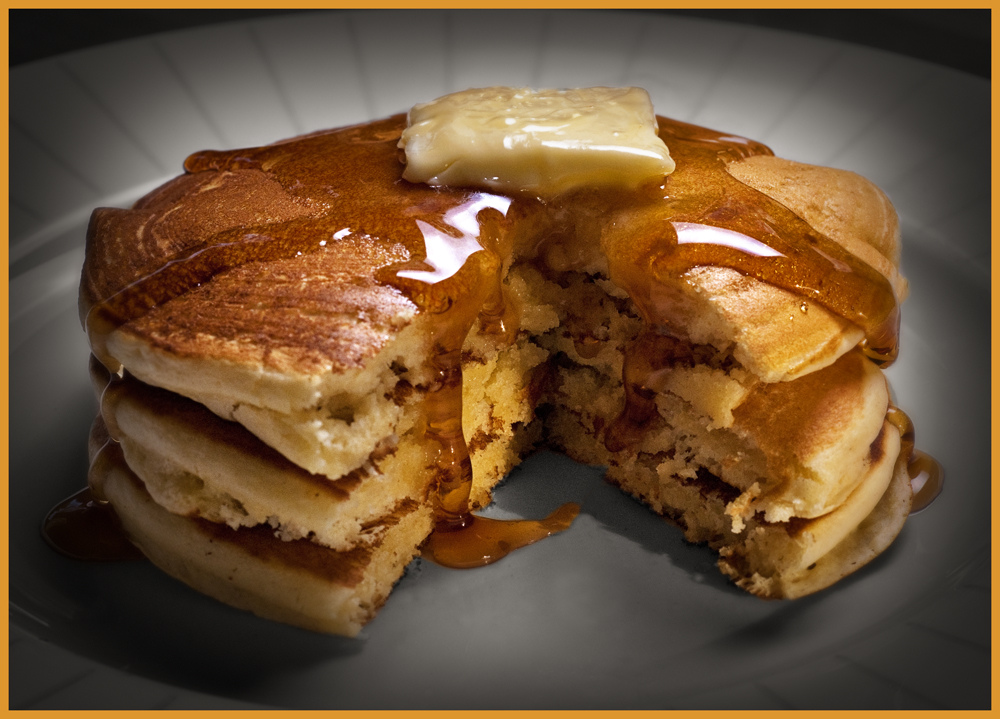
Causes and Effects of Non-Alcoholic Fatty Liver Disease
Non-alcoholic fatty liver disease (NAFLD) is defined as an excessive accumulation of fats, often accompanied by elevated enzyme levels, in your liver in the absence of significant alcohol consumption.
While it's normal for your liver to contain some fat, accumulations of more than 5 percent to 10 percent of your liver's weight are problematic.
Alcohol consumption is a leading cause of fatty liver, but in the case of NAFLD, it occurs in people who are overweight or obese, have high cholesterol, or high triglycerides, and who consume little or no alcohol.
Some people develop NAFLD even without any known risk factors, and this condition affects up to 25 percent of Americans.
November 11, 2015 | Source: Mercola | by Dr. Mercola
Non-alcoholic fatty liver disease (NAFLD) is defined as an excessive accumulation of fats, often accompanied by elevated enzyme levels, in your liver in the absence of significant alcohol consumption.
While it’s normal for your liver to contain some fat, accumulations of more than 5 percent to 10 percent of your liver’s weight are problematic.1
Alcohol consumption is a leading cause of fatty liver, but in the case of NAFLD, it occurs in people who are overweight or obese, have high cholesterol, or high triglycerides, and who consume little or no alcohol.
Some people develop NAFLD even without any known risk factors, and this condition affects up to 25 percent of Americans.2
NAFLD often has no symptoms, although it may cause fatigue, jaundice, swelling in the legs and abdomen, mental confusion, and more. If left untreated, it can cause your liver to swell, called non-alcoholic steatohepatitis (NASH), or even contribute to liver cancer or liver failure.
One of the most important aspects to remember if you’re dealing with NAFLD is this: eating right and exercising can often prevent this condition and may even reverse it in its early stages.3
Excess Fructose Is a Leading Cause of Non-Alcoholic Fatty Liver Disease
In your quest for a healthier diet, the first ingredient to eliminate would be fructose – the sugar found in everything from high-fructose corn syrup (HFCS) and fruit juice to agave syrup and honey. It’s harmful when consumed in excess – which is exactly what many (if not most) Americans do.
Fructose is, in many ways, very similar to alcohol in the damage that it can do to your body… and your liver. Unlike glucose, which can be used by virtually every cell in your body, fructose can only be metabolized by your liver, because your liver is the only organ that has the transporter for it.
Since all fructose gets shuttled to your liver, and, if you eat a typical Western-style diet, you consume high amounts of it, fructose ends up taxing and damaging your liver in the same way alcohol and other toxins do. In fact, fructose is virtually identical to alcohol with regard to the metabolic havoc it wreaks.
According to Dr. Robert Lustig, a neuroendocrinologist in the Division of Endocrinology at the University of California, fructose is a “chronic, dose-dependent liver toxin.” And just like alcohol, fructose is metabolized directly into fat – not cellular energy, like glucose.
His findings were published in the Journal of the Academy of Nutrition and Dietetics,4 where Dr. Lustig explained the three similarities between fructose and its fermentation byproduct, ethanol (alcohol):
1. Your liver’s metabolism of fructose is similar to alcohol, as they both serve as substrates for converting dietary carbohydrate into fat, which promotes insulin resistance, dyslipidemia (abnormal fat levels in the bloodstream), and fatty liver
2. Fructose undergoes the Maillard reaction with proteins, leading to the formation of superoxide free radicals that can result in liver inflammation similar to acetaldehyde, an intermediary metabolite of ethanol
3. By “stimulating the ‘hedonic pathway’ of the brain both directly and indirectly,” Dr. Lustig noted, “fructose creates habituation, and possibly dependence; also paralleling ethanol.”
